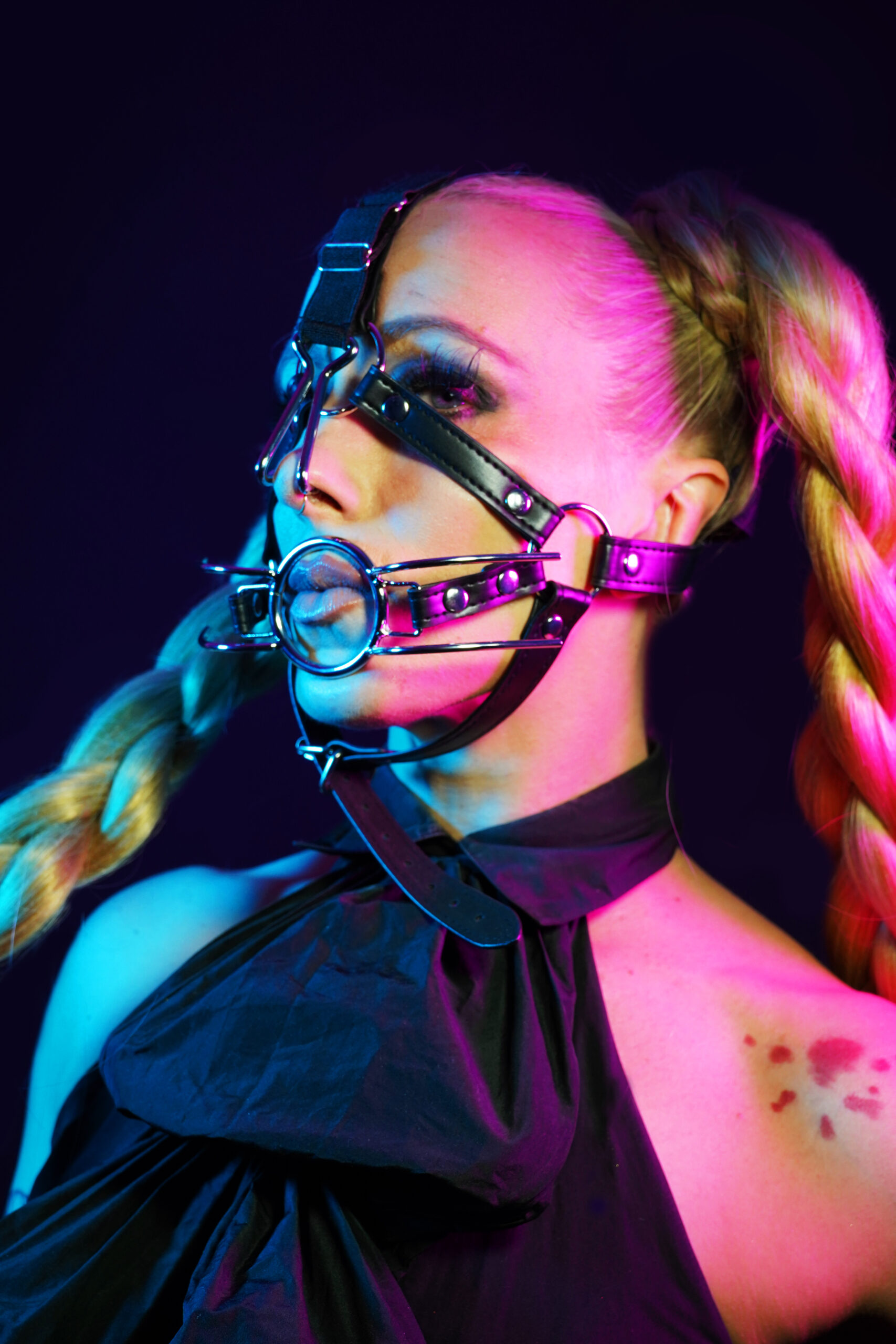What Is the Difference Between Gender Queer and Non-Binary
What Is The Difference Between Gender Queer And Non-Binary?

Gender Identity
Understanding the nuances of gender identity can be complex, with many individuals identifying outside the traditional categories of male and female. Two terms often encountered in this realm are “gender queer” and “non-binary.” While both challenge the binary system, they encompass distinct experiences and understandings of gender.
Defining Gender Identity
Gender queer is an umbrella term that encompasses a wide range of gender identities that are outside the traditional categories of male and female. It’s about rejecting the limitations of the binary and embracing a fluidity or nonconformity to societal expectations of gender. People who identify as genderqueer may experience their gender as changing over time, existing on a spectrum, or as something entirely different from male or female.
Non-binary individuals also identify outside the binary categories of male and female, but they often see their gender as falling somewhere between, beyond, or separate from these two options. While some non-binary people may experience fluidity in their gender identity, others may have a more stable understanding of themselves as neither male nor female.
It’s important to note that both terms are personal and individual experiences, and not all individuals within these identities will share the same understanding or expression. Respecting an individual’s chosen label is crucial in creating a more inclusive and accepting environment for all genders.
Gender as a Spectrum
Understanding the nuances of gender identity can be complex, with many individuals identifying outside the traditional categories of male and female. Two terms often encountered in this realm are “gender queer” and “non-binary.” While both challenge the binary system, they encompass distinct experiences and understandings of gender.
Gender queer is an umbrella term that encompasses a wide range of gender identities that are outside the traditional categories of male and female. It’s about rejecting the limitations of the binary and embracing a fluidity or nonconformity to societal expectations of gender. People who identify as genderqueer may experience their gender as changing over time, existing on a spectrum, or as something entirely different from male or female.
Non-binary individuals also identify outside the binary categories of male and female, but they often see their gender as falling somewhere between, beyond, or separate from these two options. While some non-binary people may experience fluidity in their gender identity, others may have a more stable understanding of themselves as neither male nor female.
It’s important to note that both terms are personal and individual experiences, and not all individuals within these identities will share the same understanding or expression. Respecting an individual’s chosen label is crucial in creating a more inclusive and accepting environment for all genders.
- Gender queer encompasses a wide range of gender identities that reject binary limitations.
- Non-binary individuals identify outside the male/female binary, seeing their gender as distinct from or beyond these categories.
Non-Binary Identities
Understanding the nuances of gender identity can be complex, with many individuals identifying outside the traditional categories of male and female. Two terms often encountered in this realm are “gender queer” and “non-binary.” While both challenge the binary system, they encompass distinct experiences and understandings of gender.
Characteristics of Non-Binary Individuals

Non-binary individuals are those who do not identify exclusively as male or female. Their gender identity falls outside the traditional binary categories. Non-binary people may identify as having a gender that is somewhere in between, beyond, or separate from male and female. Some non-binary individuals experience their gender as fluid, changing over time.
Characteristics of non-binary individuals can vary greatly as experiences and expressions are diverse. However, some common threads include a rejection of societal norms and expectations surrounding gender expression.
Non-binary people may challenge traditional gender roles, clothing styles, and behaviors. They often seek to express their gender identity authentically, regardless of societal pressures or expectations.
Examples of Non-Binary Identities
There are many examples of non-binary identities in the English language. Some individuals identify as agender, meaning they do not identify with any gender. Others may identify as bigender, experiencing two genders simultaneously or fluidly shifting between them.
Some people identify as genderfluid, where their gender identity fluctuates over time. Others may use terms like demiboy or demigirl to describe a partial identification with a specific gender. The important thing to remember is that these are just some examples, and the diversity of non-binary identities is vast and ever-evolving.
Pronouns and Terminology for Non-Binary People
Understanding the nuances of gender identity can be complex, with many individuals identifying outside the traditional categories of male and female. Two terms often encountered in this realm are “gender queer” and “non-binary.” While both challenge the binary system, they encompass distinct experiences and understandings of gender.
Gender queer is an umbrella term that encompasses a wide range of gender identities that are outside the traditional categories of male and female. It’s about rejecting the limitations of the binary and embracing a fluidity or nonconformity to societal expectations of gender. People who identify as genderqueer may experience their gender as changing over time, existing on a spectrum, or as something entirely different from male or female.
Non-binary individuals also identify outside the binary categories of male and female, but they often see their gender as falling somewhere between, beyond, or separate from these two options. While some non-binary people may experience fluidity in their gender identity, others may have a more stable understanding of themselves as neither male nor female.
It’s important to note that both terms are personal and individual experiences, and not all individuals within these identities will share the same understanding or expression. Respecting an individual’s chosen label is crucial in creating a more inclusive and accepting environment for all genders.
Gender Queer Identities
Understanding the nuances of gender identity can be complex, with many individuals identifying outside the traditional categories of male and female. Two terms often encountered in this realm are “gender queer” and “non-binary.” While both challenge the binary system, they encompass distinct experiences and understandings of gender.
Definition and Understanding
Understanding the nuances of gender identity can be complex, with many individuals identifying outside the traditional categories of male and female. Two terms often encountered in this realm are “gender queer” and “non-binary.” While both challenge the binary system, they encompass distinct experiences and understandings of gender.
Gender queer is an umbrella term that encompasses a wide range of gender identities that are outside the traditional categories of male and female. It’s about rejecting the limitations of the binary and embracing a fluidity or nonconformity to societal expectations of gender. People who identify as genderqueer may experience their gender as changing over time, existing on a spectrum, or as something entirely different from male or female.
Non-binary individuals also identify outside the binary categories of male and female, but they often see their gender as falling somewhere between, beyond, or separate from these two options. While some non-binary people may experience fluidity in their gender identity, others may have a more stable understanding of themselves as neither male nor female.
It’s important to note that both terms are personal and individual experiences, and not all individuals within these identities will share the same understanding or expression. Respecting an individual’s chosen label is crucial in creating a more inclusive and accepting environment for all genders.
- Genderqueer encompasses a broad spectrum of identities that fall outside the traditional male/female binary.
- Non-binary individuals identify with a gender that is not exclusively male or female, encompassing various experiences and expressions within that spectrum.
Expression and Experience of Gender Queerness
Understanding the nuances of gender identity can be complex, with many individuals identifying outside the traditional categories of male and female. Two terms often encountered in this realm are “gender queer” and “non-binary.” While both challenge the binary system, they encompass distinct experiences and understandings of gender.
Gender queer is an umbrella term that encompasses a wide range of gender identities that are outside the traditional categories of male and female. It’s about rejecting the limitations of the binary and embracing a fluidity or nonconformity to societal expectations of gender. People who identify as genderqueer may experience their gender as changing over time, existing on a spectrum, or as something entirely different from male or female.

Non-binary individuals also identify outside the binary categories of male and female, but they often see their gender as falling somewhere between, beyond, or separate from these two options. While some non-binary people may experience fluidity in their gender identity, others may have a more stable understanding of themselves as neither male nor female.
It’s important to note that both terms are personal and individual experiences, and not all individuals within these identities will share the same understanding or expression. Respecting an individual’s chosen label is crucial in creating a more inclusive and accepting environment for all genders.
Gender Queer vs. Non-Binary: Overlapping Concepts
Understanding the nuances of gender identity can be complex, with many individuals identifying outside the traditional categories of male and female. Two terms often encountered in this realm are “gender queer” and “non-binary.” While both challenge the binary system, they encompass distinct experiences and understandings of gender.
Gender queer is an umbrella term that encompasses a wide range of gender identities that are outside the traditional categories of male and female. It’s about rejecting the limitations of the binary and embracing a fluidity or nonconformity to societal expectations of gender. People who identify as genderqueer may experience their gender as changing over time, existing on a spectrum, or as something entirely different from male or female.
Non-binary individuals also identify outside the binary categories of male and female, but they often see their gender as falling somewhere between, beyond, or separate from these two options. While some non-binary people may experience fluidity in their gender identity, others may have a more stable understanding of themselves as neither male nor female.
It’s important to note that both terms are personal and individual experiences, and not all individuals within these identities will share the same understanding or expression. Respecting an individual’s chosen label is crucial in creating a more inclusive and accepting environment for all genders.
Key Differences Between Genderqueer and Non-Binary
Understanding the nuances of gender identity can be complex, with many individuals identifying outside the traditional categories of male and female. Two terms often encountered in this realm are “gender queer” and “non-binary.” While both challenge the binary system, they encompass distinct experiences and understandings of gender. Gender queer is an umbrella term that encompasses a wide range of gender identities that reject the limitations of male and female. People who identify as genderqueer may experience their gender as changing over time, existing on a spectrum, or as something entirely different from male or female.
Non-binary individuals also identify outside the binary categories of male and female, but they often see their gender as falling somewhere between, beyond, or separate from these two options. While some non-binary people may experience fluidity in their gender identity, others may have a more stable understanding of themselves as neither male nor female.
Focus on Gender Fluidity
Understanding the nuances of gender identity can be complex, with many individuals identifying outside the traditional categories of male and female. Two terms often encountered in this realm are “gender queer” and “non-binary.” While both challenge the binary system, they encompass distinct experiences and understandings of gender.
- Gender queer encompasses a broad spectrum of identities that fall outside the traditional male/female binary.
- Non-binary individuals identify with a gender that is not exclusively male or female, encompassing various experiences and expressions within that spectrum. fragrance free
It’s important to note that both terms are personal and individual experiences, and not all individuals within these identities will share the same understanding or expression. Respecting an individual’s chosen label is crucial in creating a more inclusive and accepting environment for all genders.
Societal Perception and Acceptance
Understanding the nuances of gender identity can be complex, with many individuals identifying outside the traditional categories of male and female. Two terms often encountered in this realm are “gender queer” and “non-binary.” While both challenge the binary system, they encompass distinct experiences and understandings of gender.
- Genderqueer is an umbrella term encompassing a wide range of gender identities that exist outside the traditional male/female binary.
- Non-binary individuals identify with a gender that is not exclusively male or female, encompassing a spectrum of experiences and expressions beyond the binary.
Societal perceptions and acceptance of these identities vary greatly. Progress has been made in raising awareness and understanding, but challenges remain. Some people may still hold misconceptions or stereotypes about genderqueer and non-binary individuals, leading to discrimination and prejudice. It is important to promote education, empathy, and respect for all gender identities to foster a more inclusive society.
Conclusion
This article explored the distinctions between gender queer and non-binary identities.
While both challenge the traditional binary of male and female, they represent unique experiences. Genderqueer encompasses a broad spectrum of identities that fall outside the typical male/female categories, often emphasizing fluidity or rejecting societal expectations around gender. Non-binary individuals identify with a gender that is not exclusively male or female, encompassing a range of experiences and expressions beyond the binary.
It’s crucial to remember that these are personal experiences, and individuals within these identities may have diverse understandings and expressions. Respect for an individual’s chosen label is paramount in creating an inclusive environment for all genders.
extended cock
Bend and Blossom
Fizzled Out
- Why Does My Smile Look Weird After Fillers? - November 9, 2025
- What Is The Difference Between HA And PLLA Fillers For Bum Injections? - November 6, 2025
- What Are The Best CBD Gummy Sweets For Post-Exercise Recovery - November 3, 2025